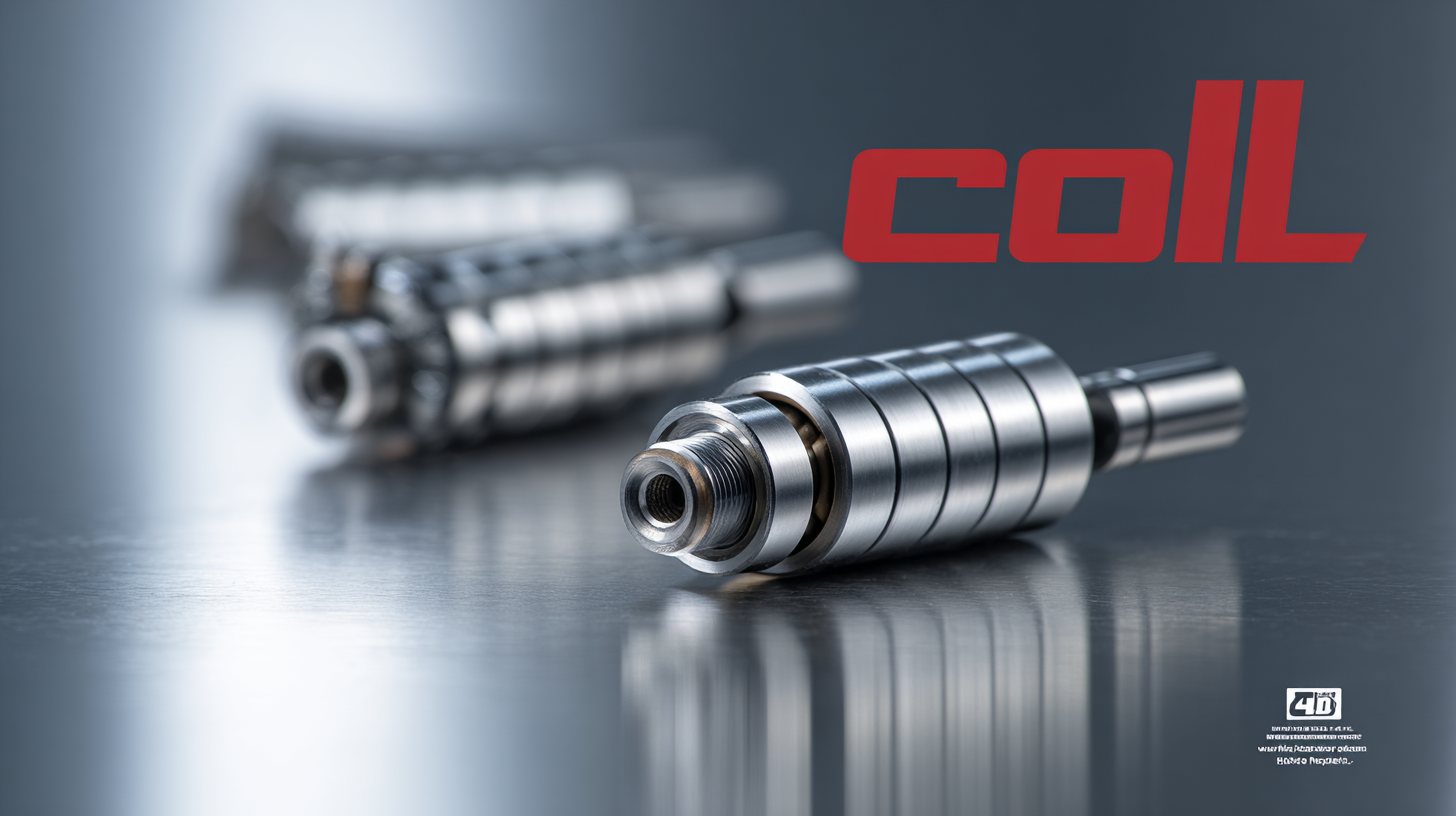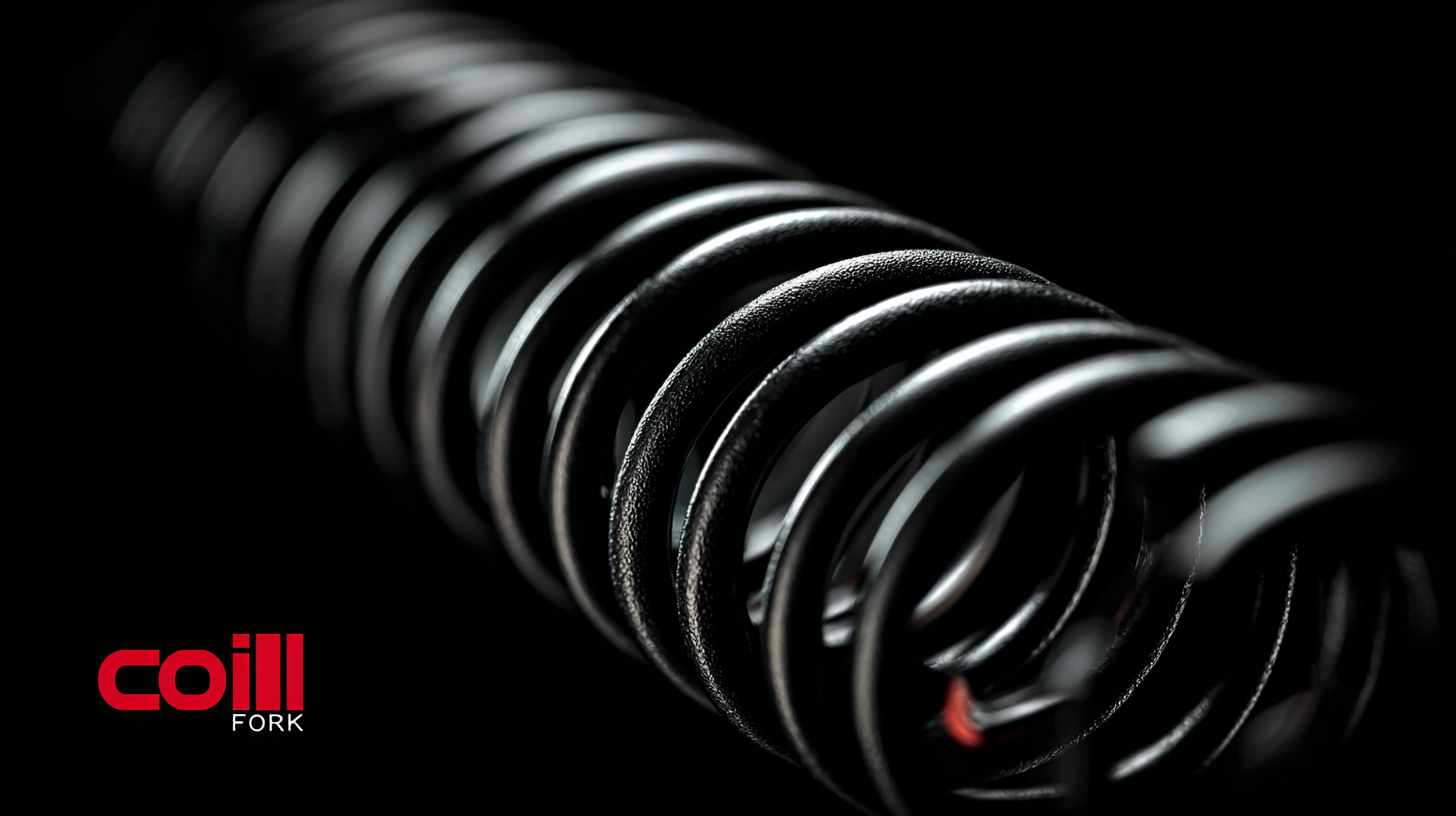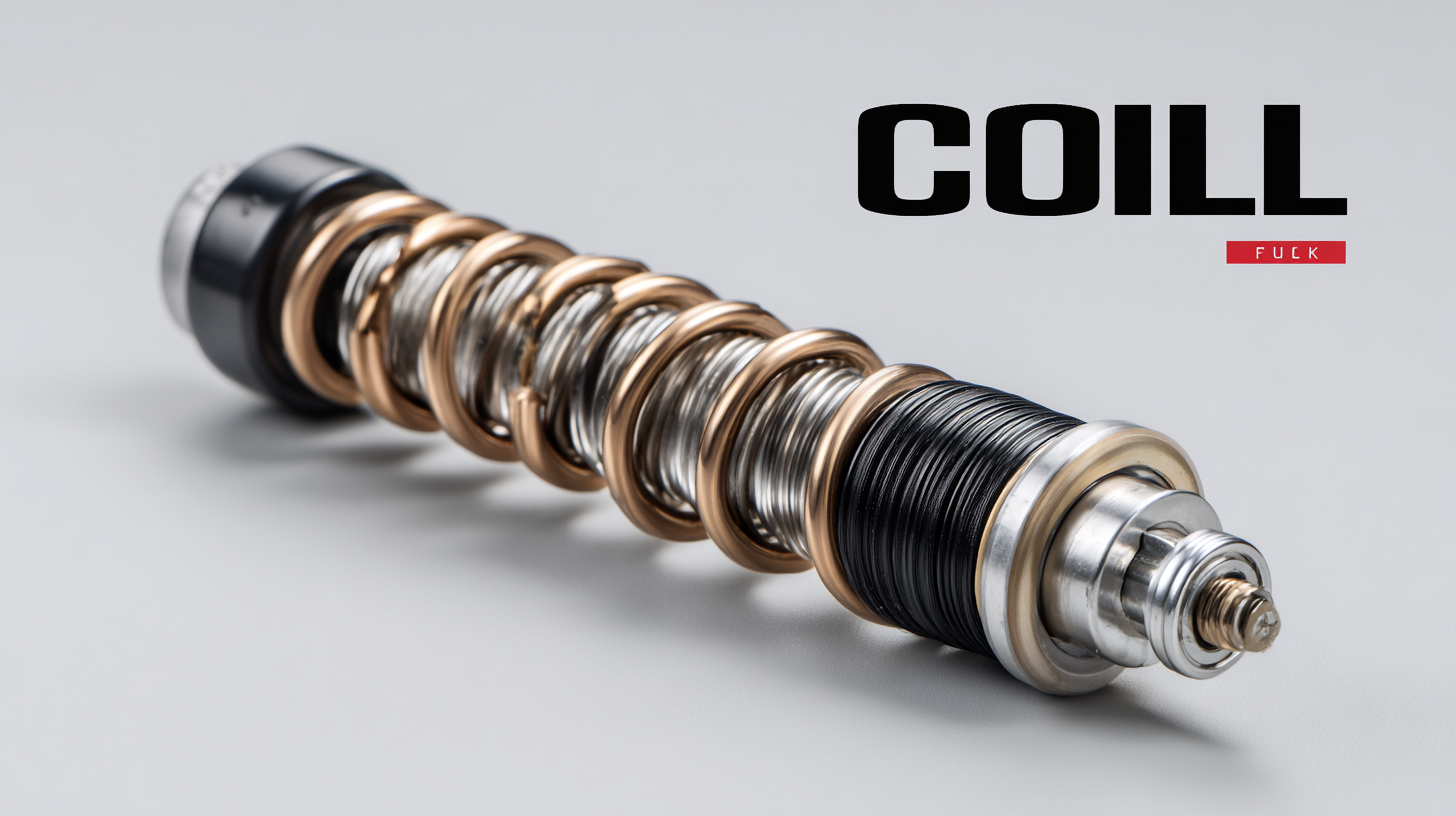In the world of mountain biking, choosing the right suspension system can make all the difference in achieving an optimal riding experience. One component that stands out in this regard is the Coil Fork, known for its reliability and performance. As riders push the limits on varied terrains, the need for a fork that meets industry standards becomes paramount. In this tutorial, we will explore the key features that define the best Coil Forks, shedding light on how they manage to deliver exceptional quality and performance. From the construction materials to the tuning capabilities, understanding these factors will help enthusiasts make informed decisions when selecting the ideal fork for their needs. Join us as we delve into the essential elements that contribute to the superiority of Coil Forks in the competitive landscape of mountain biking.

When it comes to coil forks, understanding industry standards for quality and performance is crucial for both manufacturers and riders. Quality is often measured through several key parameters: durability, weight, damping performance, and reliability. Recent tests of various mountain bike forks have shown that adherence to these standards can significantly impact riding experiences. For example, a prominent review highlighted the importance of design innovations that align with these benchmarks, especially when discussing forks aimed at aggressive trail riding. Forks that meet industry standards ensure that riders can tackle challenging terrains with confidence.
Moreover, ongoing advancements in fork technology reveal a commitment to quality as brands invest in materials and engineering that enhance performance. The rise of new models, including those with inverted and coil-sprung designs, demonstrates a shift towards providing riders with options that are not only effective but also price-accessible. Comprehensive testing of popular models has allowed experts to refine their recommendations, underscoring the necessity for manufacturers to maintain industry standards. As the market evolves, it remains essential for consumers to remain informed about the latest innovations and industry benchmarks that define quality in coil forks.
The evolution of coil fork technology has been a remarkable journey, merging traditional engineering with modern innovations. Historically, coil forks were praised for their reliability and straightforward design. Today, advancements in materials and manufacturing techniques have enhanced their performance while retaining the beloved attributes. The coil fork now stands as a testament to how blending classic designs with contemporary technologies can yield superior results.
When selecting a coil fork, consider the weight and spring rate to ensure optimal performance for your riding style. A properly tuned coil fork not only enhances handling but also provides a more comfortable ride over various terrains. Regular maintenance is crucial; check for any signs of wear and ensure that seals are intact.
Moreover, investing in a fork with adjustable settings can offer added versatility. This feature allows riders to fine-tune the compression and rebound, adapting to different trails and conditions. By understanding these nuances, you can maximize the benefits of coil fork technology, ensuring an unmatched riding experience that honors both tradition and innovation.

China has established itself as a manufacturing powerhouse, particularly in producing high-quality coil forks. The emphasis on stringent quality control measures ensures that each product meets industry standards for performance and reliability. Manufacturers utilize advanced technologies and skilled labor to monitor every stage of production, from materials sourcing to final assembly. This meticulous attention to detail guarantees that the coil forks deliver superior performance suited for various applications.
When selecting a coil fork, consumers should prioritize brands that emphasize quality control in their manufacturing processes. Look for certifications that verify compliance with industry standards. Additionally, consider the material used in the fork's construction, as high-grade materials significantly enhance durability and performance.
Another tip is to seek feedback from other users. Reviews and ratings can provide valuable insight into a model's reliability and effectiveness. Engaging with user communities or forums can also help in identifying manufacturers known for their commitment to quality. By following these guidelines, you can make an informed decision when choosing a coil fork that will not only meet but exceed expectations.
When evaluating coil forks, performance metrics play a pivotal role in determining their quality against industry standards. Recent tests on the H3C coil shock alongside the Trace36 HLR fork have highlighted the impressive capabilities and reliability these forks deliver. Industry benchmarks indicate that a top-performing coil fork should exhibit consistent dampening characteristics, superior stiffness-to-weight ratios, and reliable responsiveness across various terrains. For instance, data shows that forks meeting ISO 4210 safety standards demonstrate less than a 5% failure rate in rigorous trail conditions, providing both peace of mind and enhanced rider confidence.
Moreover, the advancements in technology for coil forks are reflected in performance tests such as the impact absorption and rebound tuning. Recent evaluations reveal that models incorporating advanced damping systems can reduce peak impact forces by up to 30%, optimizing rider comfort and bike control. The evolution of materials used in fork construction has also led to a notable increase in durability, with high-end options showcasing a fatigue life of over 10,000 cycles in demanding environments. Such metrics not only reinforce the importance of adhering to industry standards but also underscore the relentless pursuit of excellence among manufacturers.
This bar chart illustrates the performance metrics of coil forks compared against industry standards. Each metric is critical in evaluating the quality and performance of coil forks, ensuring that they meet the necessary benchmarks for optimal usage.
China has emerged as a powerhouse in the global coil fork market, with many manufacturers leading the way in export success. This surge is not just due to competitive pricing but also a robust adherence to quality and performance standards. Chinese companies are increasingly investing in advanced manufacturing technologies and processes, ensuring that their coil forks meet international benchmarks. This commitment to quality has helped Chinese coil forks gain a reputation for reliability and durability, making them a preferred choice for international buyers.

Success stories abound as Chinese manufacturers penetrate various global markets, providing custom solutions tailored to meet specific regional demands. For instance, collaborations with prominent international bike brands have resulted in innovative designs that combine aesthetic appeal with high performance. Moreover, China's strategic focus on sustainable practices in production has resonated well with environmentally conscious consumers, further boosting export opportunities. This dynamic landscape not only highlights the exceptional quality of Chinese coil forks but also underscores the importance of innovation in maintaining a competitive edge in the global marketplace.
